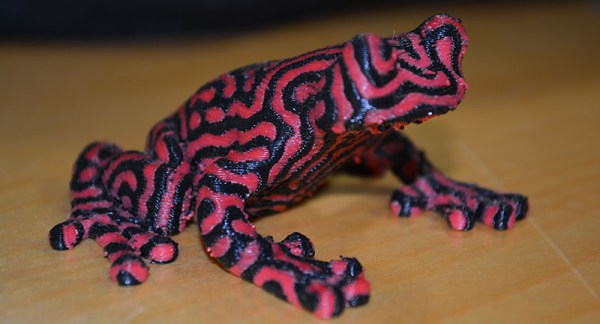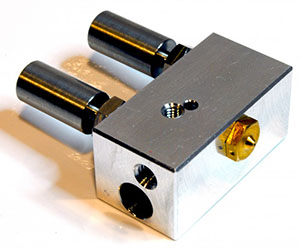Binaural audio is probably the coolest thing you can listen to with a pair of headphones. Instead of just a single microphone, binaural recordings use two microphones, set inside an analog for a human head, to replicate exactly what you would hear if you were there.
The only way to record binaural audio is with fake plastic ears attached to a dummy head. Most of the famous microphone manufacturers have something like this, but with a 3D printer, anything is possible. [Carlos] created his own binaural microphone using a 3D printer and went through the trouble of creating a few audio demos. The results are weird, like [Carlos] is whispering into your ear.
The ears used in this microphone setup are taken from a Thingiverse project by [Jonathan March]. This model did not properly model the ear canal,and didn’t have any way to mask the sound from ear to ear; this is why the professional models also include a head. [Carlos] fixed these shortcomings and created a few 3D models that accurately model the human ear and head.
There’s also a simple stereo microphone amplifier for this project that is designed to fit right between the ears. This amplifier was designed in KiCAD, and the PCB is single sided. It’s not quite simple enough to assemble on a piece of stripboard, but [Carlos] did manage to manufacture it on some copper clad board in his mill.
The results? It sounds awesome. [Carlos] put together a demo of his microphone, link below, and it only works if you’re wearing headphones.



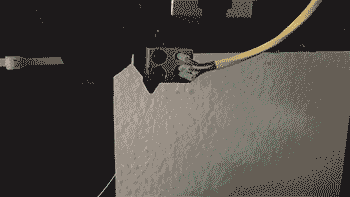 [Florian] designed a small assembly with a wheel and encoder that measures filament movement. The filament passes under the encoder wheel before it’s fed into the 3D printer. The encoder is hooked up to an Arduino which measures the Gray code pulses as the encoder rotates, and the encoder count is streamed over the serial port to a computer.
[Florian] designed a small assembly with a wheel and encoder that measures filament movement. The filament passes under the encoder wheel before it’s fed into the 3D printer. The encoder is hooked up to an Arduino which measures the Gray code pulses as the encoder rotates, and the encoder count is streamed over the serial port to a computer.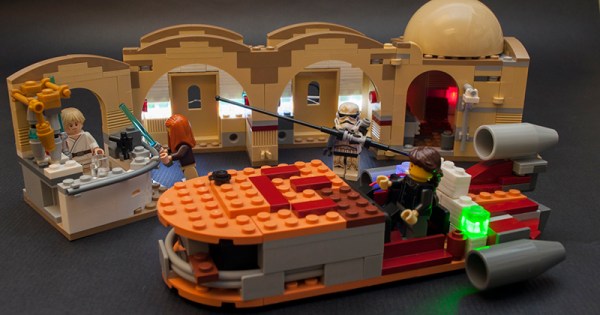
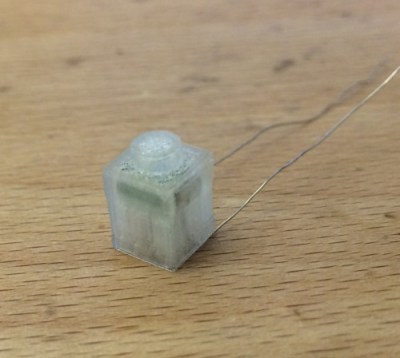 The electronics being stuffed into the bricks isn’t much – just a small PCB with an LED. It does, however, need to get inside the brick. This requires stopping the 3D printer at the right layer, moving the print head out of the way, inserting the PCB, and moving the head back to where it stopped.
The electronics being stuffed into the bricks isn’t much – just a small PCB with an LED. It does, however, need to get inside the brick. This requires stopping the 3D printer at the right layer, moving the print head out of the way, inserting the PCB, and moving the head back to where it stopped.






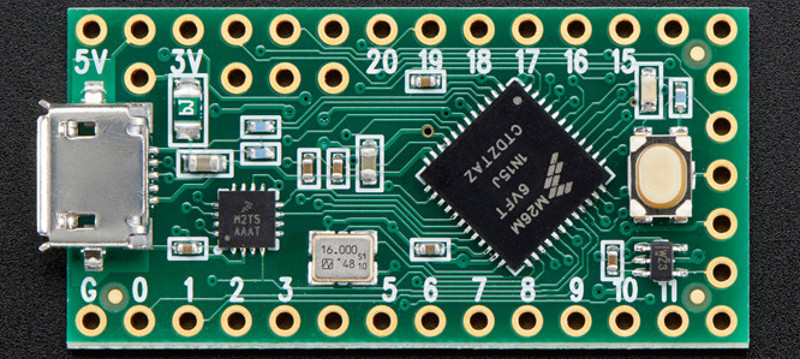
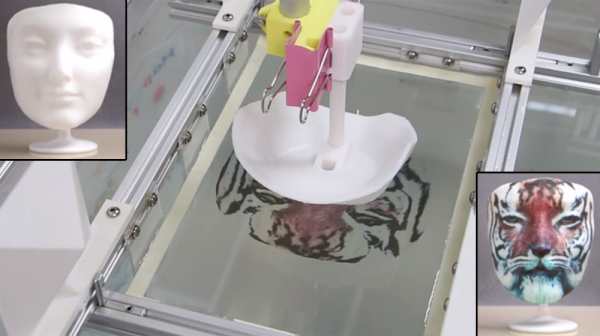
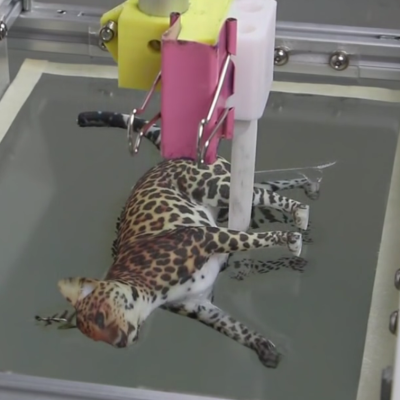 The physical setup for this hack is fairly simple: a vat of water, a linear motor attached to a gripper, and a Kinect. The object is attached to the gripper. The Kinect measures its location and orientation. This data is applied to a 3D-scan of the object along with the desired texture map to be printed onto it. A program creates a virtual simulation of the printing process, outputting a specific pattern onto the film that accounts for the warping inherent to the process. The pattern is then printed onto the film using an ordinary inkjet printer.
The physical setup for this hack is fairly simple: a vat of water, a linear motor attached to a gripper, and a Kinect. The object is attached to the gripper. The Kinect measures its location and orientation. This data is applied to a 3D-scan of the object along with the desired texture map to be printed onto it. A program creates a virtual simulation of the printing process, outputting a specific pattern onto the film that accounts for the warping inherent to the process. The pattern is then printed onto the film using an ordinary inkjet printer.